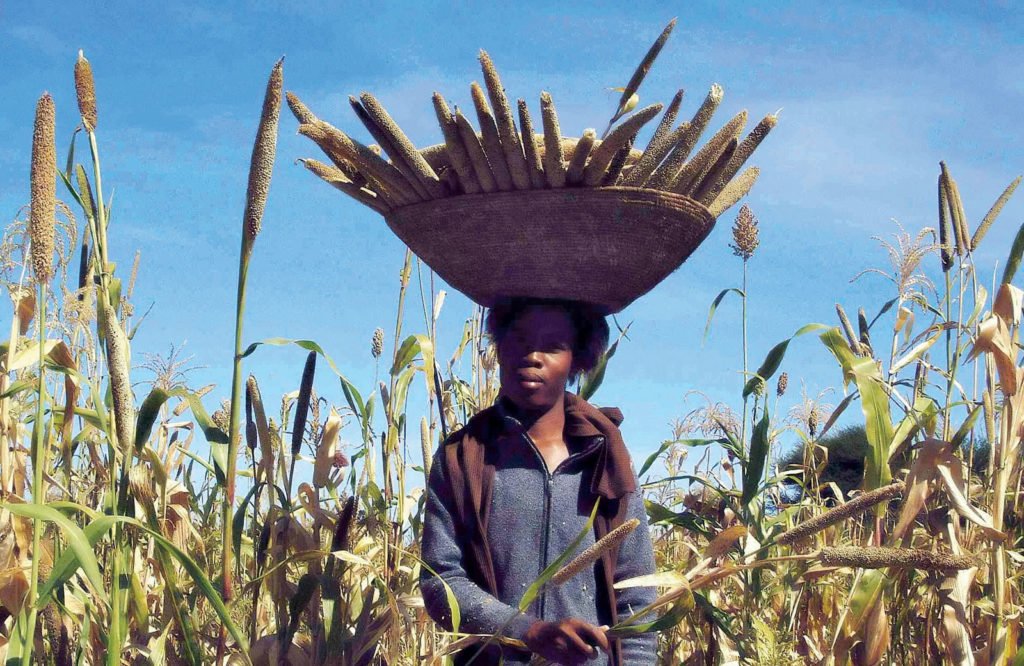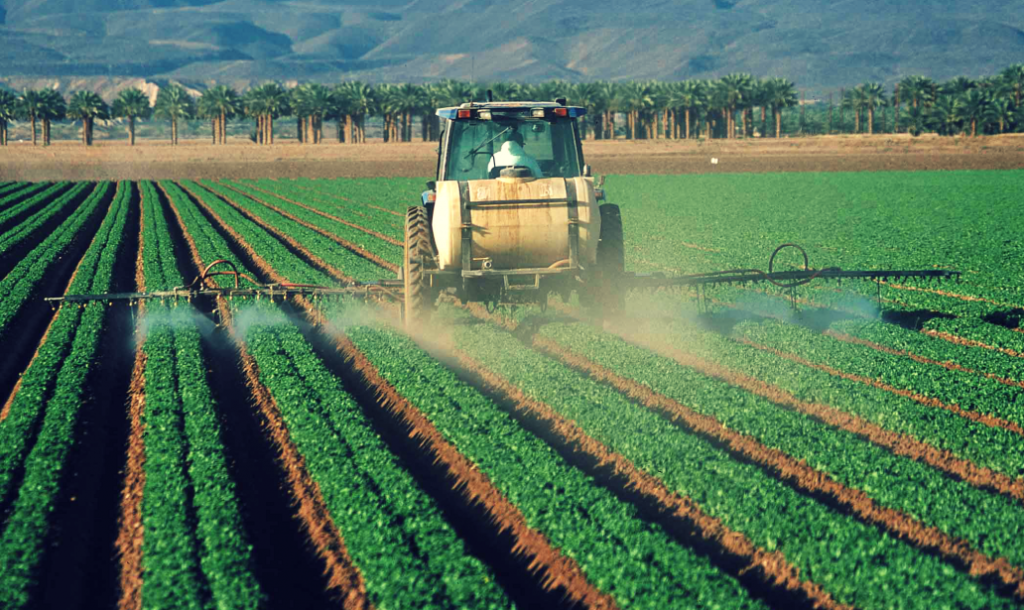Back to: AGRICULTURAL SCIENCE JSS 1
Welcome to class!
In today’s class, we will be talking about the forms of agriculture. Enjoy the class!
Types Of Agriculture
Talking about the types of agriculture it can be grouped into two forms, which are;
- Types of agriculture based on the level of production.
- Types of agriculture practices in the locality
I will explain them for more understanding and am sure we are all following.
Types of agriculture based on the level of production
Subsistence agriculture:
Subsistence agriculture can be defined as the type of agriculture which involves the production of crops and animals by a farmer to feed himself or his family. These types of farmer produce food for the consumption of the family with little or nothing left for sales. This type of farmer does their farming on a small piece of land.

Some of the characteristics of subsistence agriculture are:
- Mixed cropping is mostly practised.
- It is done on small-scattered land.
- It uses family or unskilled labour.
- Yield/ output is low.
- It involves majorly the production of food crops.
- It required small capital/ finance.
- There is little or no surplus of sales.
- It involves the use of crude/ traditional tools such as cutlass, hoe.
- Unimproved variety of crops and breeds of animals are used.
- There is limited use of agrochemicals for example fertilizers and pesticides.
Commercial agriculture:
Commercial agriculture is a large-scale production of crops for sale, intended for widespread distribution to wholesalers or retail outlets. In commercial farming crops such as wheat, maize, tea, coffee, sugarcane, cashew, rubber, banana, cotton are harvested and sold in the world markets. Commercial agriculture includes livestock production and livestock grazing.

Due to the expensive nature of capital formation and implementation of technological processes, the landowners of such farms are often large agricultural corporations. Large-scale commercial farming, in terms of some of its processes, maybe conceptually not very different from large industrial enterprises.
Listed below are some of the characteristics of commercial agriculture:
- It involves a large production of food crop.
- Plantation of a single crop is grown on a large area.
- It requires large capital.
- It requires many labours.
- Intensive tools are required such as a tractor.
Types of agriculture practices in the locality
- Pastoral farming
- Arable farming
- Mixed farming
- Crop rotation
- Land rotation/ bush fallowing
- Livestock farming
- Fish farming
- Shifting cultivation
Pastoral farming:
This system involves the rearing of animals that feed/graze on forage crops (grasses and legumes), such as goats, sheep and cattle. Pastoral farming could take any of these three forms:
- Ranching: In this system, large numbers of animals are kept on a large expanse of enclosed land, which may be under natural vegetation or planted pasture. The animals are allowed to move freely and graze within the confinement (Ranch). It is possible to adopt rotational grazing, especially where the ranch is divided into sections/paddocks. An example of a ranch in Nigeria is Obudu Cattle Ranch in Cross River state.
- Nomadic herding: It is a form of pastoralism when livestock are herded to find fresh pastures on which to graze. True nomads follow an irregular pattern of movement, in contrast with transhumance where seasonal pastures are fixed.
- Ley farming: the growing of grass or legumes in rotation with grain or tilled crops as a soil conservation measure.
Arable farming:
It involves growing crops such as wheat and barley rather than keeping animal or growing fruits and vegetables.
Mixed farming:
Mixed farming is a type of farming which involves both the growing of crops and the raising of livestock. This type of farming is practised across Asia and in countries such as Nigeria, India, Malaysia, Indonesia, Afghanistan, South Africa, China, Central Europe, Canada, etc.
Crop rotation:
Crop rotation is the practice of growing a series of dissimilar or different types of crops in the same area in sequenced seasons. It is done so that the soil of farms is not used for only one set of nutrients. It helps in reducing soil erosion and increases soil fertility and yield crop.
Land rotation:
Land rotation(not to be confused with crop rotation) is a form of shifting cultivation where a piece of land is used for agriculture for several years before it is left fallow for several years to regenerate the soil fertility.
Livestock farming:
Livestock is commonly defined as domesticated animals raised in an agricultural setting to produce labour and commodities such as meat, eggs, milk, fur, leather, and wool.
Fish farming:
Fish farming or pisciculture involves raising fish commercially in tanks or enclosures such as fishponds, usually for food. It is the principal form of aquaculture, while other methods may fall under Mariculture.

Shifting cultivation:
Shifting cultivation is an agricultural system in which plots of land are cultivated temporarily, then abandoned and allowed to revert to their natural vegetation while the cultivator moves on to another plot.
In our next class, we will be talking about the Branches of Agriculture. We hope you enjoyed the class.
Should you have any further question, feel free to ask in the comment section below and trust us to respond as soon as possible.

I LOVE TODAYS CLASS THAT I HAVE PLANT CROPS IN MY HOUSE
IT REALY GREAT TO BE IN TODAYS CLASS
Wow
I passed my test
I want to join the class
thanks alot for your help
Interesting notes
but we have done branches of Agriculture in our second class, so what’s the difference with this one.
what different between branches of agriculture